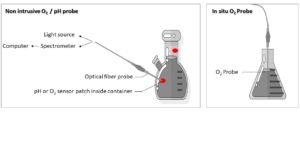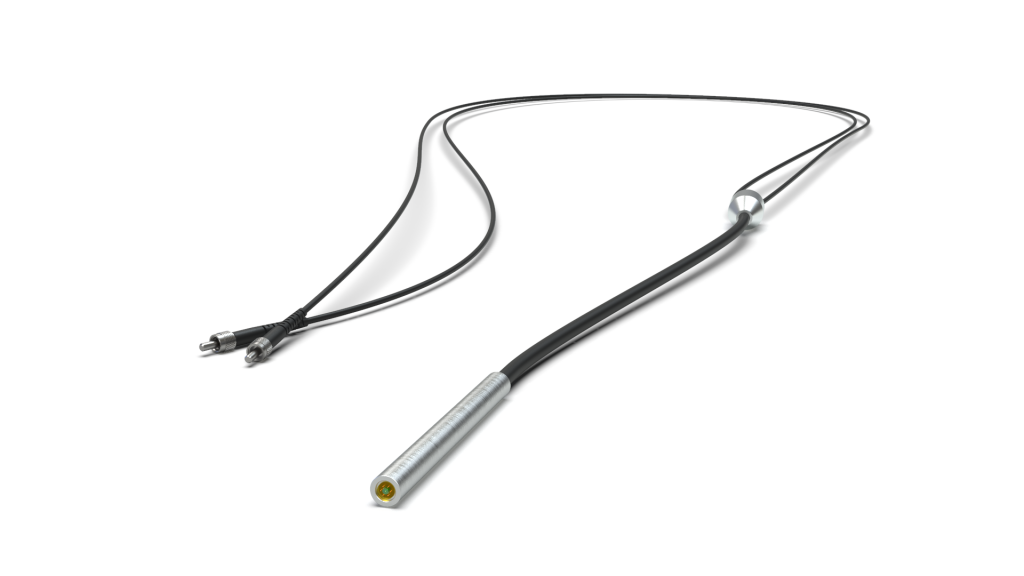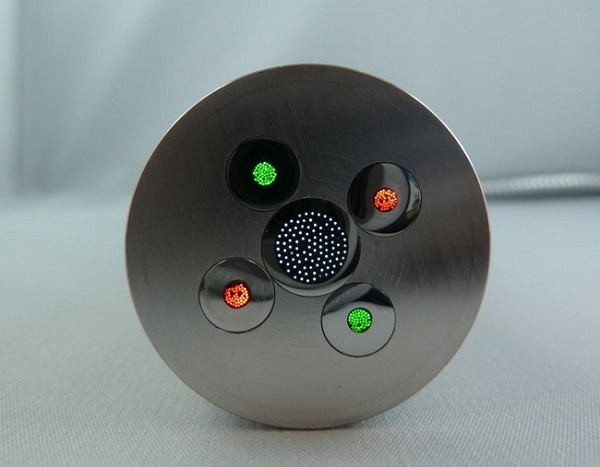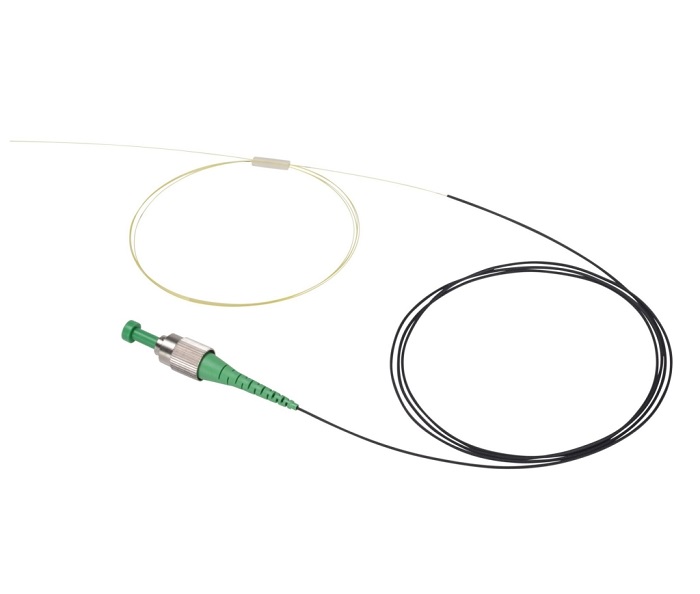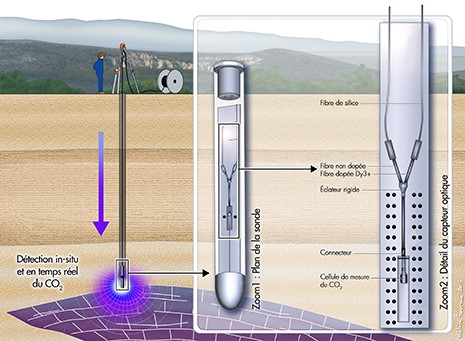 Lasers & Optical Fibers Technologies
Lasers & Optical Fibers Technologies
Oxygen sensors / Sensors systems
For real time analysis
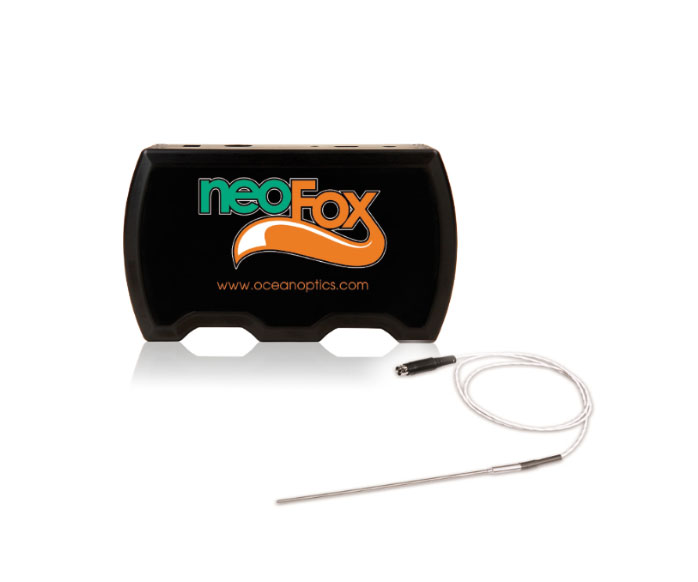
Oxygen sensors summary
Fiber Optic Oxygen Sensors are phase fluorometer-coupled chemical sensors for full spectral analysis of dissolved and gaseous oxygen pressure. A fluorescence method is used to measure the partial pressure of dissolved or gaseous oxygen.
A Fiber Optic Oxygen Sensor system will change the way you work. Because the probe consumes no oxygen, it can be used in continuous contact with viscous samples so that continuous stirring is no longer required. Now that there is an alternative to the oxygen electrode, changing membranes and filling solutions can be avoided.
CUSTOM : IDIL can modify standard probe specifications (temperature resistance, fiber types, additional part…) or manufacture specific pH probe upon request.
Contact us
for more informations
- In situ or non-intrusive measurements
- Small and customizable form factors: probes, patches, cuvettes
- High-performance sensor
- Low-level detection
- Real-time measurements
- Non-consuming oxygen
- Environmental research
- Food and beverage processing
- Pharmaceutical and chemical processing
| OXYGEN KIT PROBE | |
|---|---|
| Item | Description |
| Neofox | Benchtop NeoFox phase fluorimeter |
| BIFBORO-1000-2 | 2.0 Meter, 35 µm, 0.55 NA borosilicate bundle |
| 21-02 | SMA splice bushing for connecting fiber optic sensor probes to bifurcated fiber |
| assemblies | |
| FOXY-R | 1000 µm fiber in a 1/16'' OD stainless steel ferrule with FOXY Sensor |
| Formulation applied to the tip of the probe | |
| FOXY-AF (optional) | Silicone overcoat applied to probe to exclude ambient light, improve chemical |
| resistance and eliminate refractive index effects. | |
| FOXY-CAL (optional) | Calibration option for sensors systems configured with temperature- |
| compensation accessories; users must specify the temperature and the | |
| concentration range for their applications | |
| OXYGEN KIT PATCH | |
| Item | Description |
| Neofox | Benchtop NeoFox phase fluorimeter |
| RE-FOS-8-KIT | 5-unit package of 8 mm diameter, self-adhesive FOSPOR sensor patches |
| RE-BIFBORO-2 | Bifurcated fiber probe |
| NeoFox-TP | Thermistor probe for temperature compensation |
| NeoFox Viewer | Software for oxygen sensing |
Compared with traditional electrochemical sensing techniques such as galvanic sensors, optical sensors can be customized, allow in situ or non-intrusive measurements and do not consume the sample.
Oxygen and pH sensors are ideal for monitoring a wide range of samples, including viscous food such as vegetable oils, salad dressing, wine and peanut butter.
